THE BLACK EXPANSE
As chief curator, Beckwith’s vision for the Guggenheim questions the lenses through which we experience art.
Shortly after Beckwith’s hiring, the Guggenheim’s director, Richard Armstrong, said in a statement that she is ideally positioned to drive the museum forward because she has dedicated her career to “building a revised canon of art history.”
“I’m less interested in the artist as lone genius cutting off his ear,” Beckwith says. “I’m interested in artists as [people] embedded with their family, partners, lovers, friends, collectives, schools. What are they learning from each other? How are they influencing each other? How do we make up a story about art as the product of all these histories, rather than one singular vision? How do we talk about artists as citizens?”
Beckwith has been curating exhibitions that address these questions, with artists who have been traditionally underrepresented in the museum’s programming. “Our attention and resources are going toward people of color, mostly African American artists, and mostly women,” she says.
Beckwith’s first Guggenheim exhibition, Forothermore, is a career retrospective of Chicago artist Nick Cave that opened at the Museum of Contemporary Art Chicago in May and will travel to the Guggenheim this fall. The exhibition encompasses Cave’s multidisciplinary community-building projects and the premiere of Soundsuit 9:29, a wearable sculpture he made in response to Floyd’s murder. The sculpture is a continuation of the famous Soundsuits project he began in 1992 in response to the police beating of Rodney King.
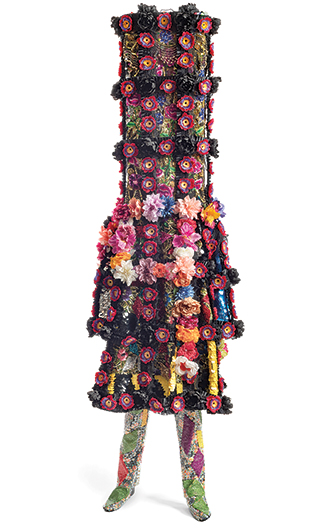
Nick Cave, Soundsuit 9:29, 2021. Mixed media including vintage textile and sequined appliqués, metal, and mannequin. Credit: Photo by James Prinz Photography. Courtesy of the artist and Jack Shainman Gallery, New York
“People love these exuberant sculptures as costume, but they forget that they’re born of trauma, made as a suit of armor. Sadly, the necessity for them continues,” Beckwith says, as she flips through the 12 pages of the exhibition catalog devoted to the names of all the (known) BIPOC individuals killed by police between May 25, 2020, and May 25, 2021. The list begins with Floyd.
“Nick Cave is asking all the questions that the world has been asking of arts professionals in the last couple of years — questions around anti-Black violence and social justice,” Beckwith says. The work also asks: “What does it mean to celebrate your loss? And what does it mean to hold fast to the resilience and love you’ve gained from community and family? And how can that help propel you through this perpetual and never-ending trauma?”
These questions will resonate with all audiences, says Beckwith, who is working to broaden the demographics of the museum’s visitors by engaging meaningfully with the community, initiating new programs, such as family events, and increasing accessibility with free entry days. Equity is more than just presenting work by Black artists, she says. “You are not going to get Black audiences with a bunch of Black shows, unless those shows become an ongoing part of your practice and programming,” Beckwith says. “Inclusivity is for everybody.”
One of the museum’s current exhibitions, Vasily Kandinsky: Around the Circle, resonates with diverse audiences in part because the artist faced personal and global trauma with resilience. Kandinsky, whose work was in Solomon R. Guggenheim’s personal collection and was gifted to the museum upon its founding in 1939, was constantly uprooted throughout his life, relocating across Germany, Russia and France in the years before World War II. “He literally lost everything — lost his country, lost his home, lost his land, lost his job several times over,” Beckwith says. His stylistic evolution reflects his ever-changing relationship to place and community.

Vasily Kandinsky, Around the Circle, 1940. Oil and enamel on canvas. Credit: Solomon R. Guggenheim Museum, New York, Founding Collection
Beckwith is particularly struck by the exhibition’s namesake piece, Around the Circle, a delirious conglomeration of abstract, colorful shapes against a deep, dark background reminiscent of outer space. By starting with a dark canvas, “Kandinsky already inverted the very ground in which we’re supposed to see color and form,” Beckwith says. Then, he painted circles. One blood-red circle with a black overlay, reminiscent of an eye, dominates the top of the canvas, reigning over smaller circles and curves and bulbous forms. Here, too, Kandinsky subverted viewers’ expectations, Beckwith says, because “if you’re an art history nerd, you know the square is everything.” It’s a foundation, the basis of the artist’s grid, a predetermined, organized structure just waiting to be disrupted.
“What happens if we can put something in the context of blackness, the black expanse, rather than the white cube, which itself is a metaphor for galleries and a model of white supremacist thinking?” Beckwith asks. “If we can put something in that black expanse, then I think we are looking at a radical shift in the way we talk about culture and history.”
Lara Ehrlich of Gales Ferry, Conn., is marketing director for the International Festival of Arts & Ideas. She wrote the story collection Animal Wife and is host of the podcast Writer Mother Monster, a conversation series devoted to dismantling the myth of “having it all.”
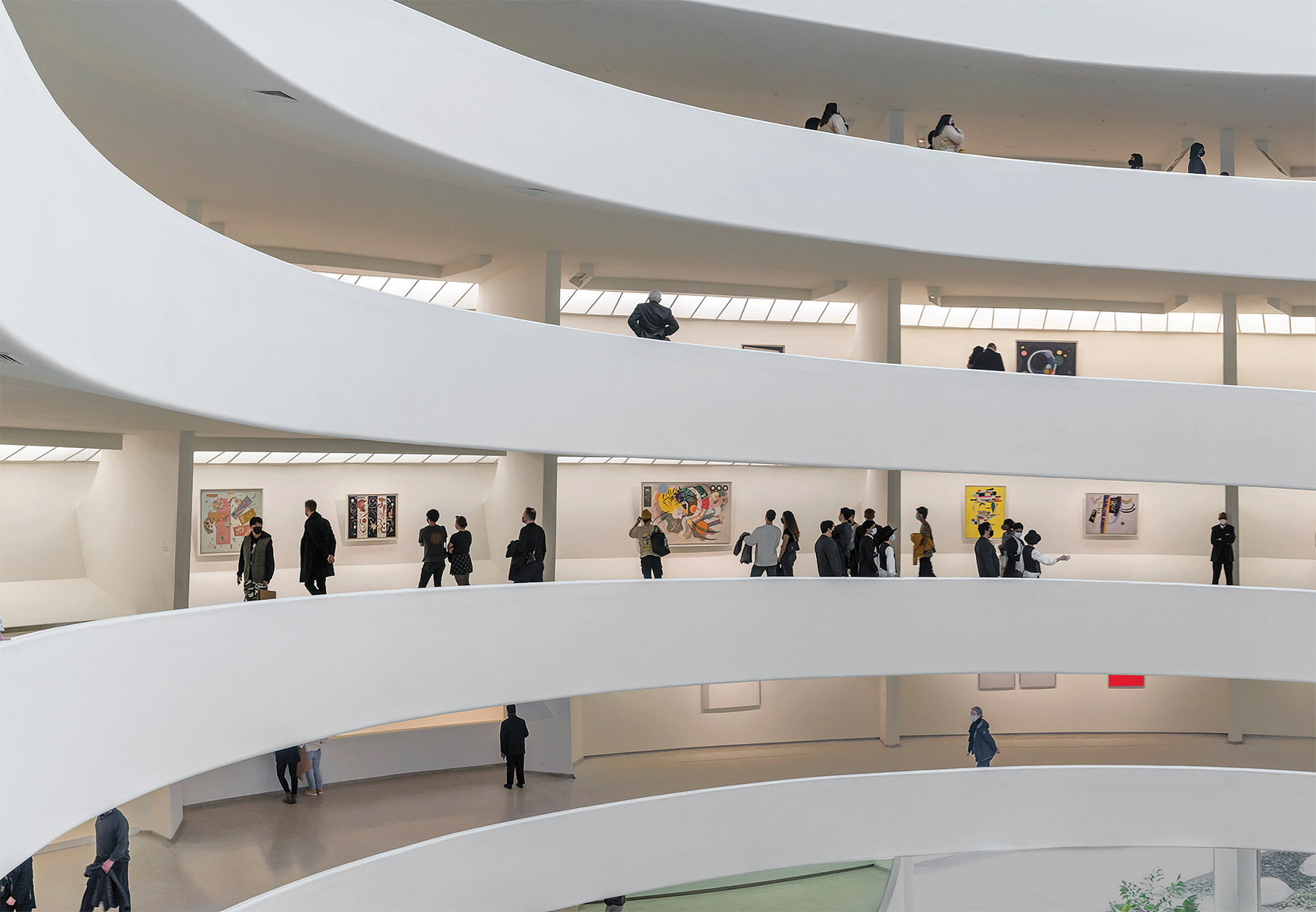
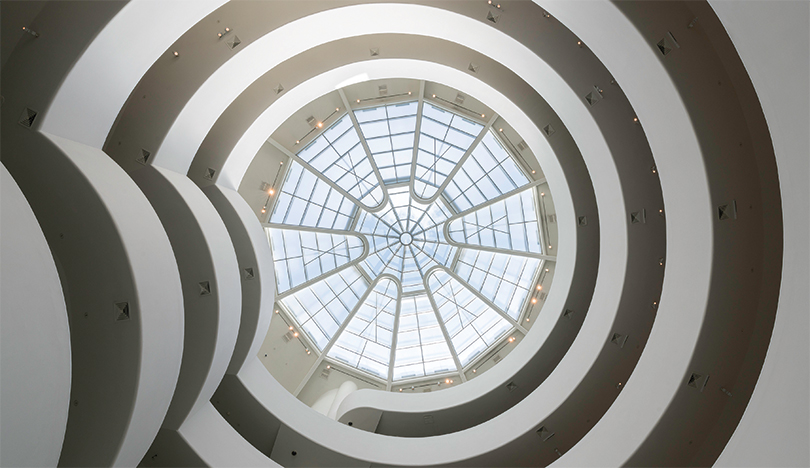
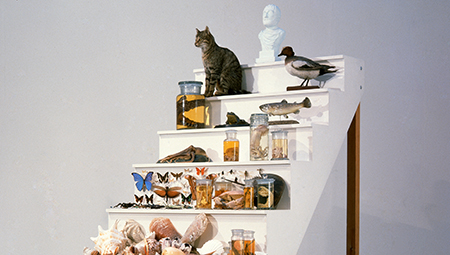


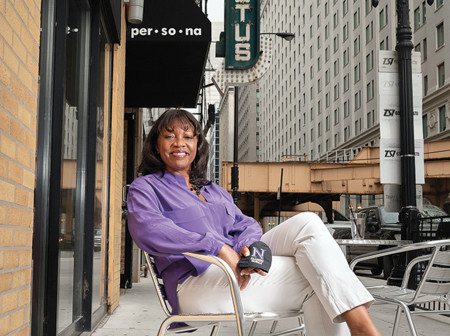
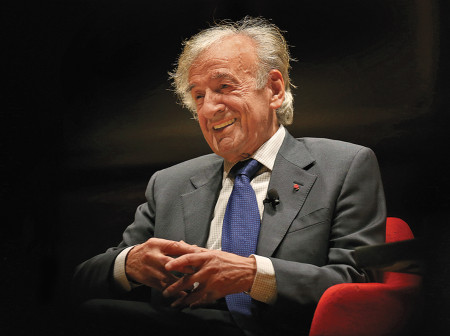
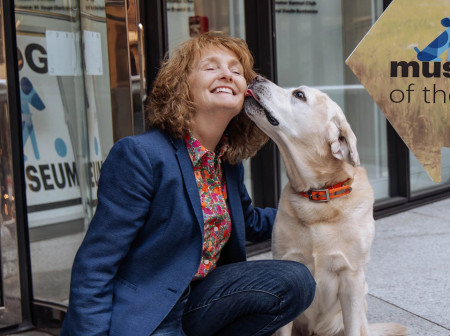
Reader Responses
Wow, stunning article on a very impressive and prolific curator of today's times. I love the perspective Naomi Beckwith brings to a field that is classically associated as white and elitist. It is exciting to have such people in such important art spaces today!
—Neha Pashankar '21, New York City
I enjoyed sharing this wonderful article with my docent colleagues at the San Diego Museum of Art. We're working diligently on changing the museum dynamic!
—Sandra Needham '71, San Diego, Calif., via Northwestern Magazine
Amazing article on an amazing woman! Very inspiring. Thank you!
—Kelly Mathews Chicago, via Northwestern Magazine
No one has commented on this page yet.
Submit a Response